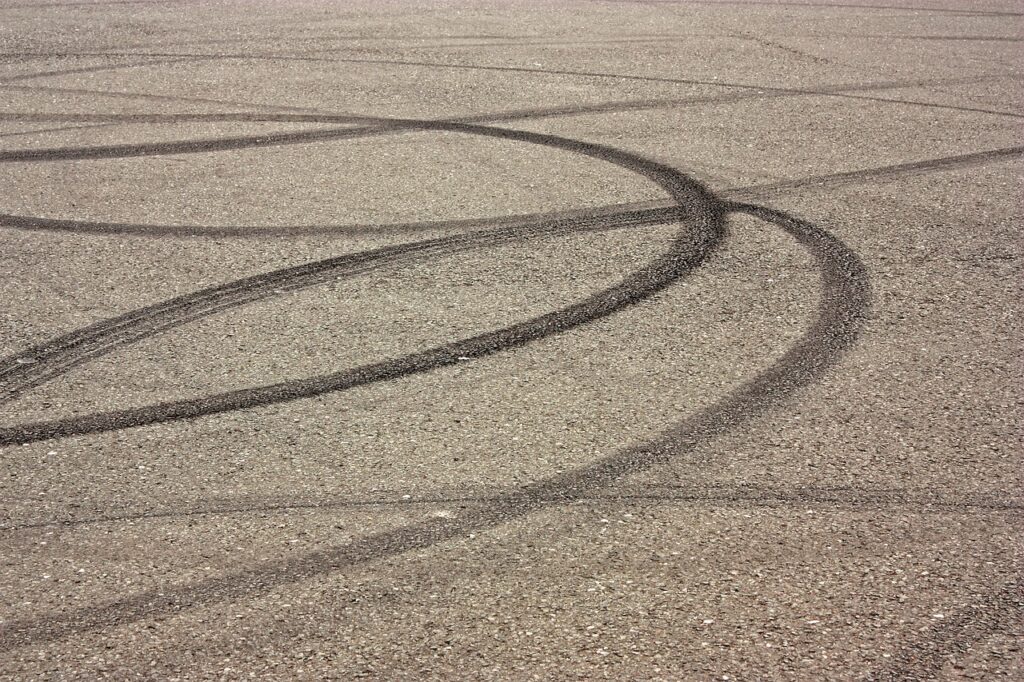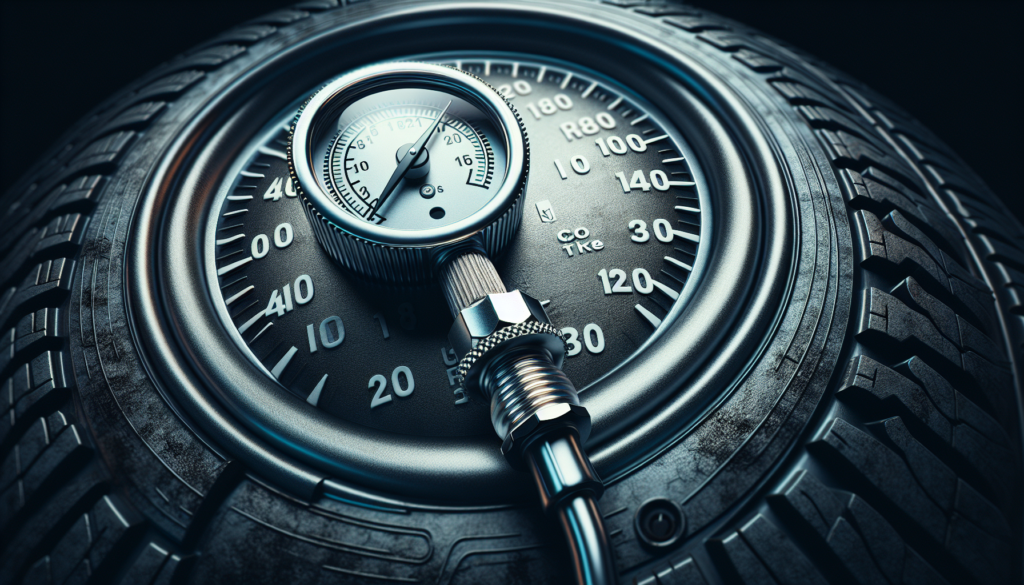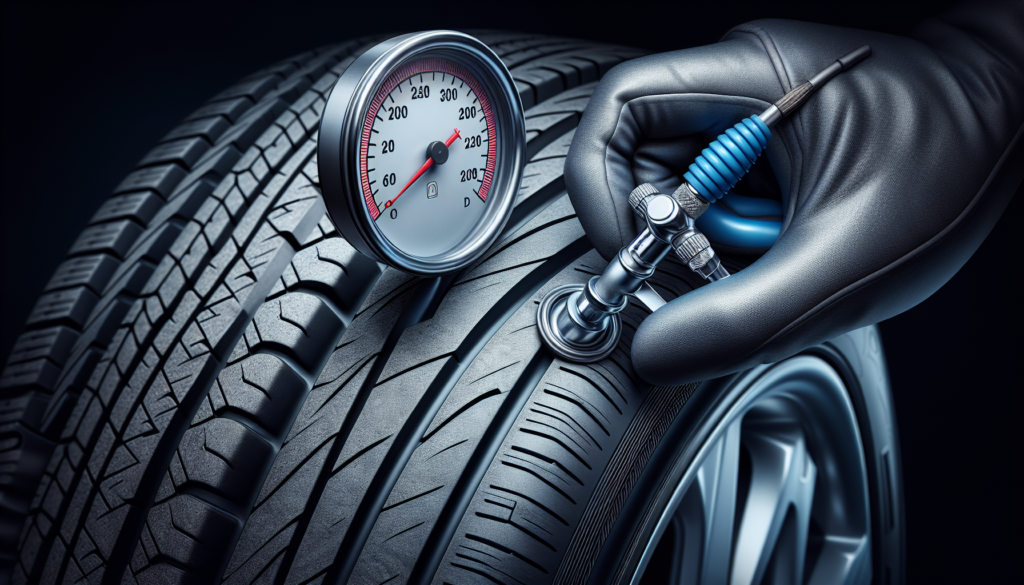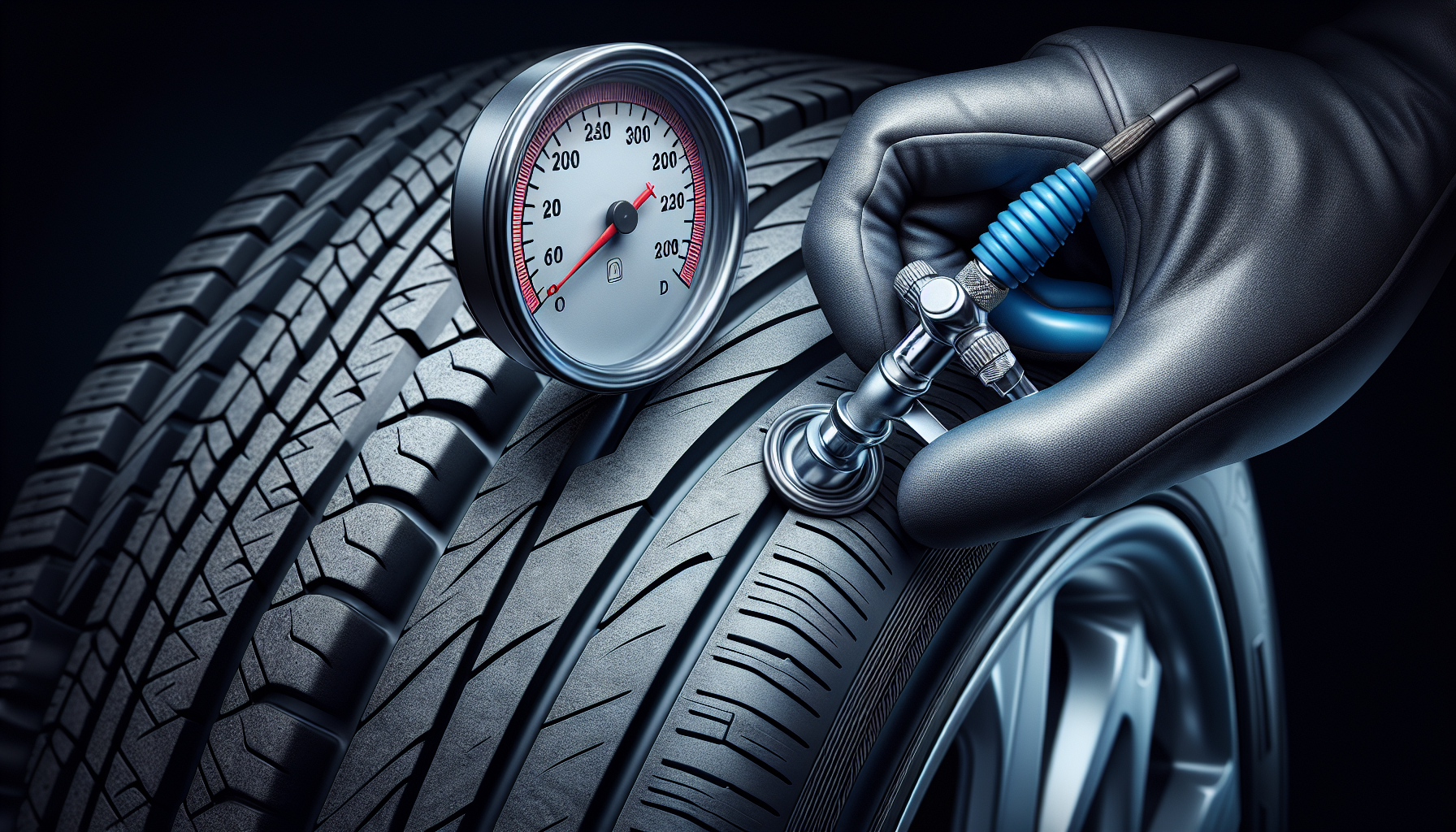Let’s talk about an important factor that may greatly influence your car’s braking distance – tire pressure. Did you know that incorrect tire pressure can actually impact how quickly your vehicle comes to a stop? It’s true! Whether it’s underinflation or overinflation, having the wrong tire pressure can affect the overall performance of your brakes. In this article, we’ll explore the connection between tire pressure and braking distance, shedding some light on how this seemingly insignificant detail can have a significant impact on your driving experience.
Effects of Incorrect Tire Pressure on Braking Distance
When it comes to the safety and performance of your vehicle, maintaining the correct tire pressure is crucial. Incorrect tire pressure can have a significant impact on your vehicle’s braking distance, affecting your ability to stop safely and effectively. In this article, we will explore the effects of underinflated and overinflated tires, as well as uneven tire pressure, on braking distance. We will also discuss the importance of correct tire pressure for optimal braking performance.

Underinflated Tires
Underinflated tires can have a detrimental effect on your vehicle’s braking distance. When your tires are not properly inflated, they become softer and more flexible, causing an increase in rolling resistance. This means that it takes more effort for your vehicle to come to a complete stop, resulting in a longer braking distance. Additionally, underinflated tires reduce the contact patch – the part of the tire that comes into contact with the road surface – which further decreases grip and traction. This can lead to decreased control over your vehicle during braking, increasing the risk of accidents.
Furthermore, underinflated tires can generate excessive heat due to increased flexing. This heat build-up can cause tire failure, such as a blowout, especially during prolonged or aggressive braking. Therefore, it is important to regularly check and maintain the correct tire pressure to ensure your safety and the optimal performance of your vehicle’s braking system.

Overinflated Tires
On the other hand, overinflated tires can also have a negative impact on braking distance. When your tires are overinflated, they become stiffer and have a reduced contact patch with the road surface. The smaller contact patch decreases the area of tire in contact with the road, resulting in decreased grip and traction. This can significantly affect your ability to stop your vehicle quickly and efficiently, increasing the risk of skidding or sliding during braking.
Another issue with overinflated tires is the uneven wear pattern. With less surface area in contact with the road, the tire tread wears down unevenly and more rapidly in the center. This can compromise the tire’s ability to maintain adequate traction, especially in wet or slippery conditions. Therefore, it is essential to regularly check and adjust your tire pressure to ensure it is within the manufacturer’s recommended range for optimal braking performance.

Uneven Tire Pressure
Uneven tire pressure can occur when the pressure in one or more tires differs significantly from the others. This can result from various factors such as temperature changes, tire punctures, or simply neglecting to monitor and maintain tire pressure regularly. Uneven tire pressure can have a significant impact on your vehicle’s braking distance and overall stability.
When the tire pressure is uneven, the braking forces on each tire are imbalanced, leading to differential braking performance. This means that each tire may not contribute equally to the overall braking effort, resulting in reduced braking effectiveness. Uneven tire pressure can also lead to unequal grip and traction among the tires, further compromising stability and control during braking.
Additionally, uneven tire pressure can affect the distribution of weight on your vehicle. This can lead to an uneven distribution of force during braking, contributing to reduced stability and control. It is important to maintain consistent tire pressure in all four tires to ensure optimal braking performance and overall vehicle safety.

Importance of Correct Tire Pressure for Braking Performance
Maintaining the correct tire pressure is essential for optimal braking performance. When your tires are properly inflated, they provide an optimal contact patch with the road surface. The contact patch is the part of the tire that allows your vehicle to grip the road and transfer braking forces effectively. With an optimal contact patch, your tires can provide maximum grip and traction, enabling you to stop your vehicle quickly and efficiently.
Correct tire pressure also contributes to improved grip and traction by ensuring even weight distribution across all tires. When the weight is evenly distributed, each tire can generate maximum force to stop the vehicle, resulting in enhanced braking performance. Uneven weight distribution, caused by uneven tire pressure, can lead to reduced stability and control during braking, increasing the risk of accidents.
Moreover, maintaining the correct tire pressure aids in efficient heat dissipation. As the tires flex during braking, heat is generated. Properly inflated tires dissipate this heat effectively, reducing the risk of tire failure due to overheating. This is particularly important during prolonged or aggressive braking, where excessive heat build-up can lead to tire blowouts and loss of control.
By ensuring the correct tire pressure, you can enhance the stability of your vehicle during braking. Stable handling is essential for maneuvering and avoiding obstacles on the road, especially in emergency braking situations. Proper tire pressure helps maintain the intended handling characteristics of your vehicle, providing you with a safer and more secure driving experience.

Other Factors Affecting Braking Distance
While tire pressure plays a crucial role in braking distance, it is not the only factor to consider. There are several other factors that can influence the distance it takes for your vehicle to come to a stop.
One such factor is tire tread depth. The tread on your tires helps to channel water away from the contact patch, allowing for better grip on wet surfaces. As the tread wears down over time, the tire’s ability to disperse water decreases, increasing the risk of hydroplaning and decreasing overall grip. It is important to regularly inspect your tire tread depth and replace tires when they are excessively worn to maintain optimal braking performance.
The type and compound of your tires can also affect braking distance. Different tire types, such as summer, winter, or all-season tires, are specifically designed to perform optimally under different conditions. Additionally, tire compounds differ in their ability to provide grip and traction. It is essential to choose tires that are suitable for your specific driving needs and road conditions to ensure optimal braking performance.
The condition of the road surface also plays a significant role in braking distance. Wet, icy, or slippery road surfaces can drastically reduce the grip and traction of your tires, increasing the distance it takes to stop your vehicle. It is important to adjust your driving style and increase following distances under such conditions to allow for a longer braking distance.
Lastly, the weight and load of your vehicle can impact braking performance. Heavier vehicles require more force to come to a stop, increasing the braking distance. Additionally, carrying a heavy load can shift the weight distribution, affecting the balance and stability of the vehicle during braking. It is crucial to adhere to the recommended weight limits and load distributions specified by the vehicle manufacturer to ensure optimal braking performance and overall safety.
In conclusion, incorrect tire pressure can have a significant impact on braking distance. Underinflated tires reduce braking performance, grip, and traction, while overinflated tires decrease the contact patch and increase the risk of skidding. Furthermore, uneven tire pressure can cause imbalanced braking forces, unequal grip, and reduced stability. Maintaining the correct tire pressure ensures optimal contact patch, improved grip, efficient heat dissipation, and enhanced vehicle stability. Remember to consider other factors such as tire tread depth, tire type and compound, road surface conditions, and vehicle weight and load to ensure the safety and performance of your vehicle’s braking system.

